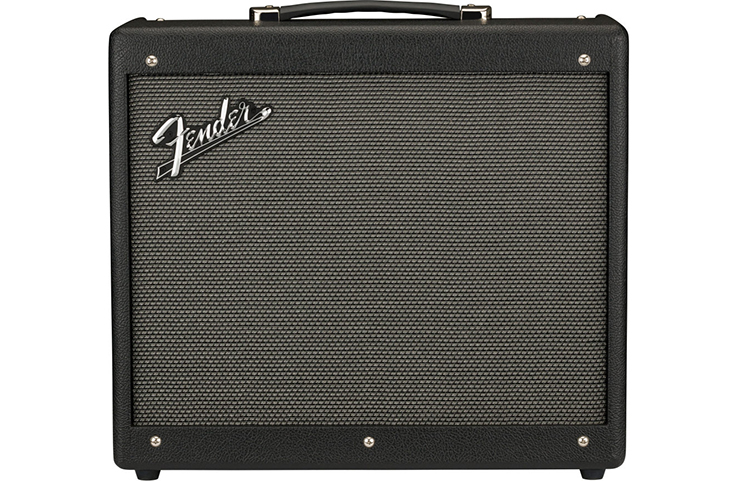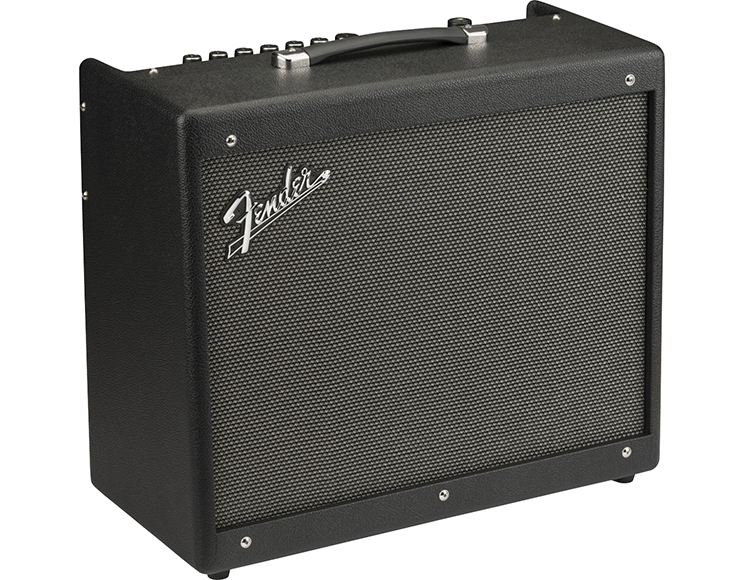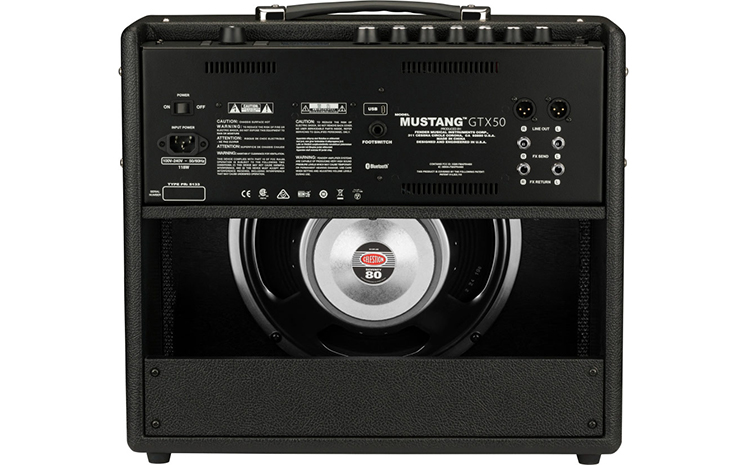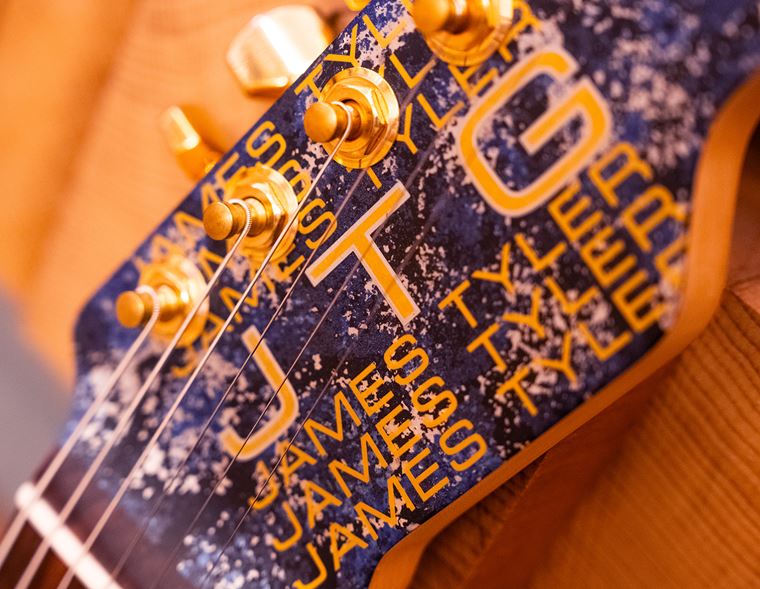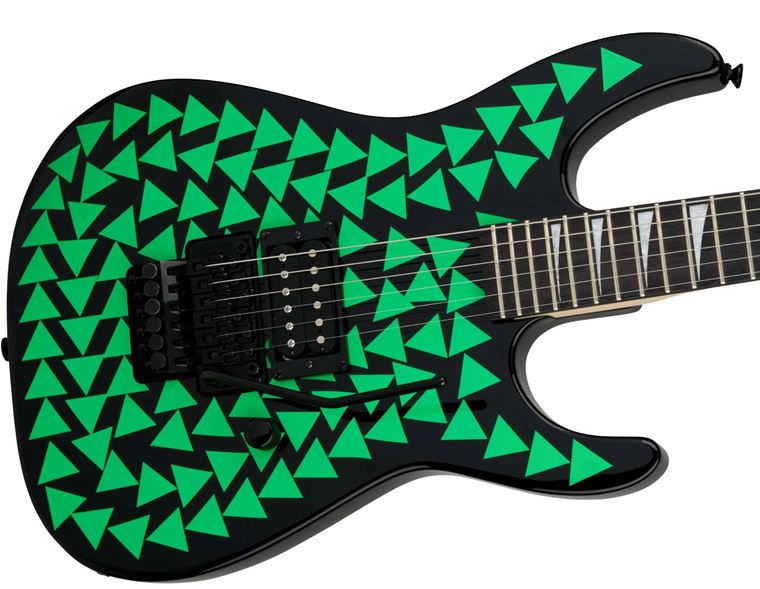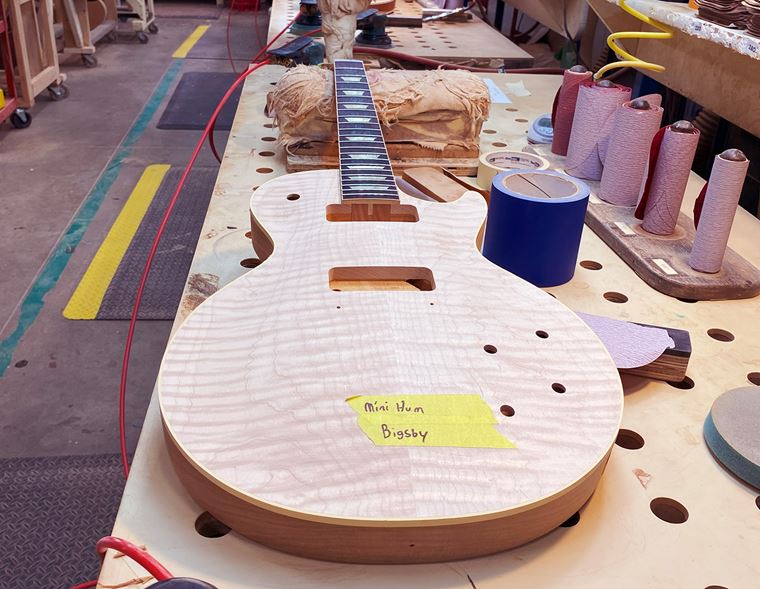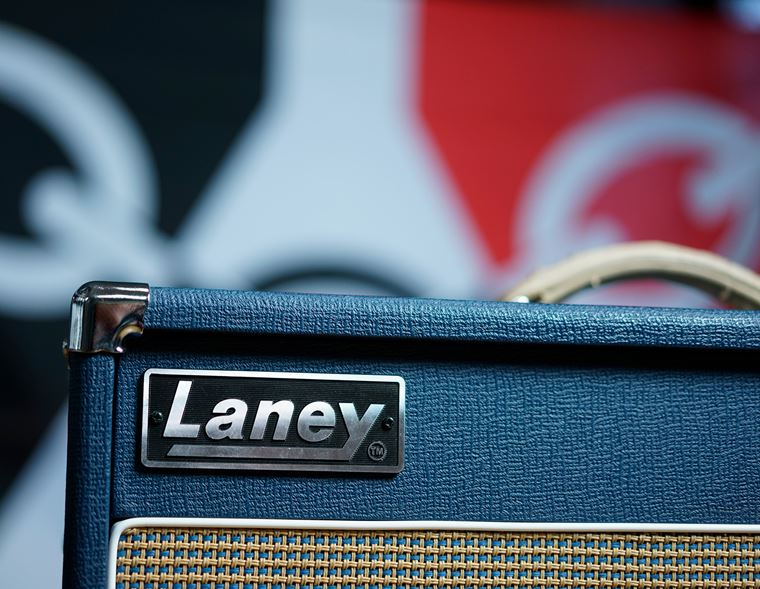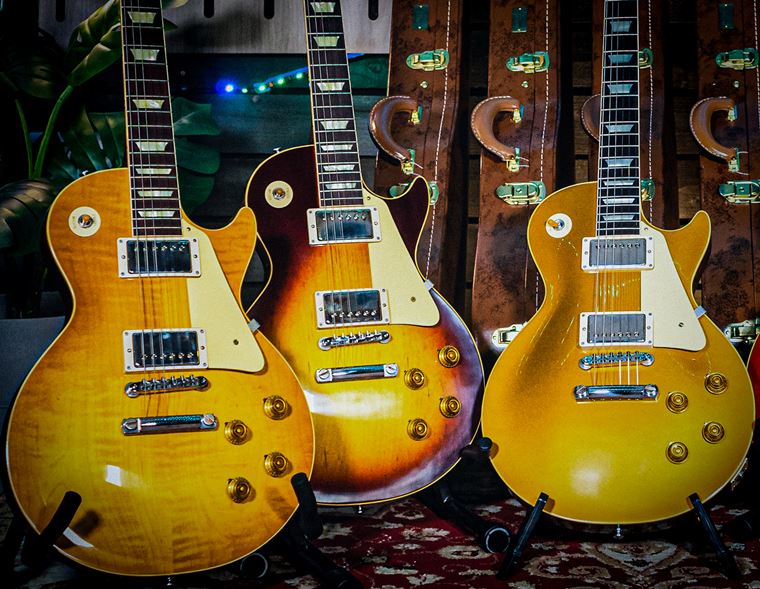A Closer Look: Fender Mustang GTX Amplifiers
Published on 13 May 2020
Every guitarist needs a great amplifier for the home.
Perhaps beyond the home, too...
This amp should be easy to use, attractive to look at and, of course, sound excellent. In addition, it should contain extra features that make it more useful to the user, in a way that isn’t intrusive or complicated.
Tall order? Not really: the sub-£500 amp sector is and always has been the most hotly fought-over piece of the market. All of the major brands want you to use their models, and so competition is fierce. Today, we’d like to show you a model (in two sizes) that is really making its mark with players of all types: the Fender Mustang GTX.
Future Fender
This is not the first generation of Mustang amp, and not even the first digital generation of it. The Mustang name, of course, plays a long and distinguished role in Fender’s branding, being used over the years for guitars, amps and more. In terms of digital modelling amps, Fender have given us a few iterations over the last few years, each successive one refining and expanding on the technology of the previous generation.
It’s a curious feature of digital modelling that, the further into the future we get with them, the better they are at sounding like archaic inventions from 60 years ago! So it goes. It’s what we all want: a range of convincing and fun tones that are very close to world-famous pro amps, all in a practical and usable package. That is exactly what we get here.
Classic Fender Styling
Fender have, after many years of differentiating their digital amps by making them look like spaceships, realised that most guitar players would prefer their Fender amps to look like Fender amps. Whilst the tech under the black vinyl hood here is cutting edge, the outer visage could easily fit into any garage, rehearsal space or stage from the last half-century.
That’s at a cursory glance, at least. Once you notice the colour LCD screen on the control panel, you know you’re playing a cyber-amp, but the rest of the enclosure, from its new-design wooden cabinet glad in the aforementioned black vinyl to its tasteful silver and black grill, is as ‘Fender’ as it gets.
Outer Features
The model models here are a 50-watt combo and a slightly larger 100-watt combo. Each amp shares largely the same control panel, with 7 knobs, a further set of buttons and that colour screen.
Fender have gone to speaker giants Celestion to provide the Mustang GTX’s voice. Each amp has a 12” speaker, though interestingly, they are different types: the 50-watt Mustang gets a G12P-80, whilst the 100-watt has a G12FSD-100, presumably to better handle the larger power.
On the back of each amp, you’ll find a USB control for connecting to a computer (more of which in a second), a proper stereo FX loop, which is a welcome surprise, stereo balanced XLR outputs for DI'ing the amp and an input for the official GTX-7 footswitch. This 7-button pedal opens up looping functions on both amps, and whilst it’s an optional extra with the 50-watt Mustang, the bigger model has it thrown in.
Step Out Onto the Stage
These connectivity options, particularly the XLR outputs and FX loop, outline Fender’s desires to see these amps as pieces of gear that can be taken out of the house and used in an altogether larger capacity. Certainly, a 100-watt combo with a useful footswitch will be a handy ally for local gigs and sessions. Having the ability to tweak and recall the 200 presets onboard here is obviously something that will appeal to all players looking to build up a set’s worth of songs.
These Mustang GTX amps are pretty light, too: just 8.84kg for the 50-watt and 9.97kg for the 100: definitely not a major source of back pain! Add to that the inbuilt, self-contained nature of the sounds, meaning no super-heavy pedalboard, no extra power supplies, no spare patch cables etc, and the benefits really start revealing themselves. In effect, it all comes down to the main factor: do these amps sound good?
The Sounds
Digital modelling is an entirely different animal from how things were even ten years ago. Before then, there was a stigma about using digital means to get your tones. It was seen as a compromise, which, back then, was probably fair comment. Today, however, most guitarists understand that digital modelling has become so good at mimicking the sound, feel and response of genuine tube amps, that for the vast majority of players, the tiny percentage of difference in sound quality is outweighed by the choice of sounds available and the practical applications we just mentioned.
Fender have spent the cash and done the R&D to ensure that the sounds available here are best-in-show for this price range. Indeed, the presets take advantage of some expertly modelled Fender classics like the Blues Jr and the Vibro King, as well as bringing up a healthy palette of amplifiers from other manufacturers. The usual ‘hint’ names will crop up, so you can decipher terms like ‘JC Clean’ and ‘Silver Jubilee’ to find the amps you fancy using. They are uniformly excellent, as are the effects, of which there are plenty. Choose classic fuzz models, vintage delays and modern pitch and modulation effects, combining and changing their order to your heart’s delight!
Future Forward
The sounds onboard the amps are not the full story. As with most amplifiers form the generation of modellers, there’s an app available to interface with. Choose USB or use the Mustang’s Bluetooth capability to dive in for deeper editing abilities, download entirely new tones and upload any creations of your own that you feel like sharing with other Mustang users. It’s open-ended, fun and gives the amps longevity. You can totally take advantage of this great feature, or never even bother with it, using what’s available straight out of the box. It’s up to you and how you work with your equipment, really. Either way, you’ll be sounding pretty great.
Final Thoughts
Fender are one of perhaps three of the most significant amp manufacturers on the planet. What they don’t know about creating great amps is not worth knowing! We feel like they are currently putting out some of the best affordable modelling amps on the market, and these Mustang GTX models have an edge with their increased power and connectivity over comparable models. Sit down with one, take your time investigating the options, understand how straightforward it actually is to get going, and enjoy a huge collection of authentic, excellent sounds.
Best amp for at home? Probably yes, but it can do much more!

